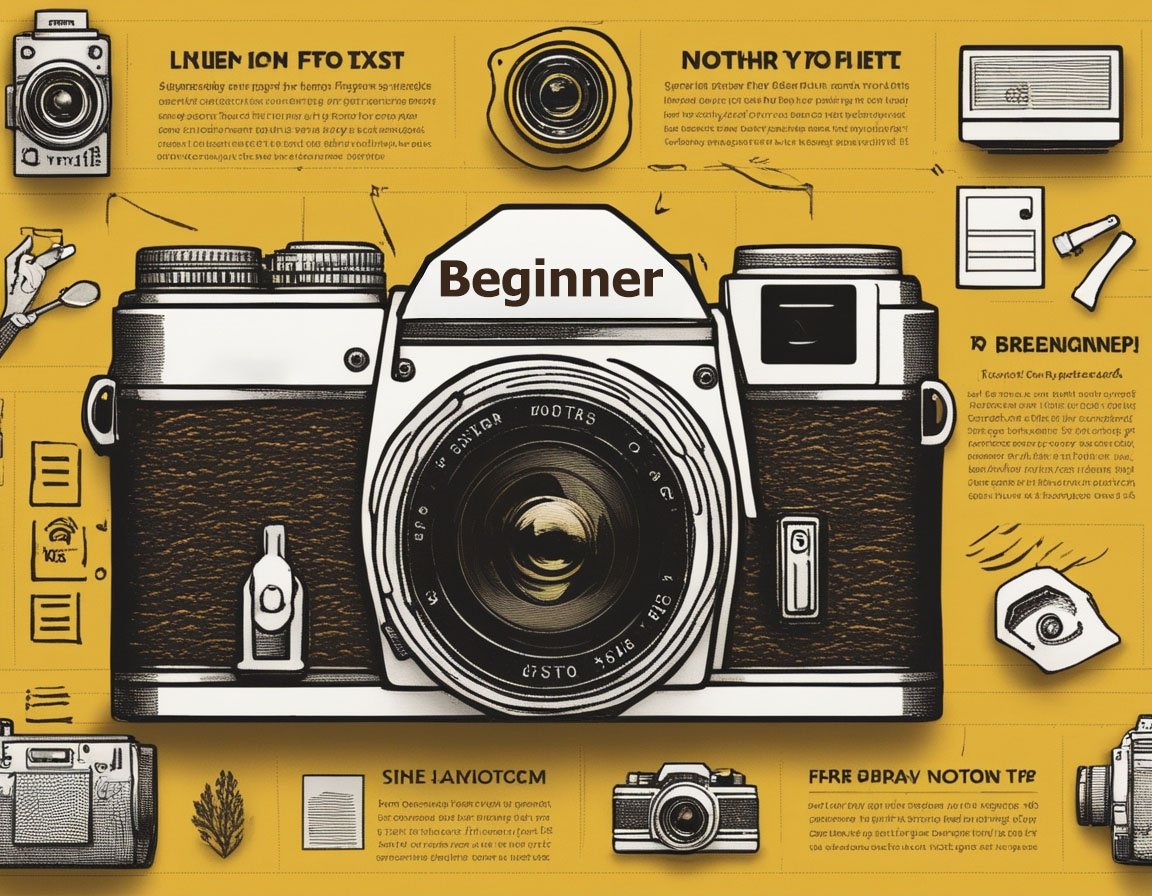Understanding lighting is crucial for new photographers seeking to improve their skills. It is the essence that breathes life into a photograph, affecting mood, emotion, and clarity. This guide will demystify the fundamentals of lighting in photography, breaking it down into essential components to elevate your work.
Types of Lighting
The first consideration is the type of lighting to use. Natural light, known for its availability and softness, is a favorite among many. The golden hour, occurring shortly after sunrise and before sunset, produces a soft, diffused light ideal for portraits and landscapes. In contrast, midday sun can be harsh, causing strong shadows.
Artificial lighting offers more control. Continuous lighting, such as LEDs or tungsten lights, is constant and allows for precise adjustments. Strobes and speedlights emit brief, powerful bursts of light and are excellent for freezing motion.
Quality and Direction
The quality of light refers to its hardness or softness. Hard light, produced by direct sunlight or a small, intense source, creates defined shadows, adding drama and contrast. Soft light, diffused by clouds or reflectors, wraps around subjects gently, smoothing textures and reducing shadows.
Direction greatly influences how a subject is perceived. Front lighting, where light is directly in front of the subject, minimizes shadows and highlights details but can flatten features, lacking depth. Side lighting adds dimension and texture, perfect for bringing out details in subjects. Backlighting, with light coming from behind, creates silhouettes and ethereal effects when used skillfully.
Understanding Exposure
Exposure is the cornerstone of capturing light effectively. The exposure triangle comprises three elements: aperture, shutter speed, and ISO. Aperture controls the amount of light entering the lens. A wide aperture (small f-number) lets in more light, ideal for low-light conditions and achieving a shallow depth of field.
Shutter speed dictates how long the sensor is exposed to light. Fast shutter speeds freeze action while slow speeds can create motion blur for creative effect. ISO measures the sensor’s sensitivity to light. Lower ISOs yield finer images but require more light, whereas higher ISOs allow shooting in dim conditions at the cost of noise.
Light Modifiers
Modifiers alter the characteristics of light to achieve the desired effect. Softboxes create soft, even light, minimizing harsh shadows. Umbrellas diffuse light broadly, useful for covering large areas. Reflectors bounce light back onto the subject, reducing shadows and balancing contrast.
Gels are colored filters placed over lights to alter color temperature or create dramatic effects. Gobos or “go-betweens” create patterns by blocking light partially, adding interesting textures or shapes.
Using Natural Light
Harnessing natural light requires understanding and adaptation. Position subjects near windows for soft directional light, using curtains or blinds to adjust intensity. Overcast days act as natural diffusers, providing flattering light. Reflective surfaces like water or buildings can amplify or redirect light creatively.
Integrating Flash
Flash extends possibilities by introducing a controlled light source. On-camera flash is convenient but can produce unflattering, direct light. Bouncing the flash off walls or ceilings softens its impact. Off-camera flash offers ultimate flexibility, allowing complex light setups.
Flash power and duration have significant effects. Lowering flash power adds subtle fill light without overpowering natural light. High-speed sync allows flash use at fast shutter speeds, crucial for lighting subjects while retaining detail.
Lighting for Portraits
Portraiture requires lighting that flatters subjects. Rembrandt lighting, identified by a small triangle of light on the shadowed cheek, adds dramatic depth. Loop lighting involves a soft shadow on one side of the nose, ideal for slimming faces. Butterfly lighting, with light above the subject, creates a symmetrical shadow under the nose, enhancing cheekbones.
Lighting for Landscapes
Landscape photography thrives on natural light. The golden hour’s warmth enhances color and texture, while blue hour offers cool, moody tones. Consider the sun’s position to capture silhouetted trees or the warm glow on mountains.
Mastering White Balance
White balance ensures colors appear natural under different lighting conditions. Auto white balance adjusts based on light’s color temperature but may misinterpret mixed lighting. Manual settings allow precise control, essential when accuracy is critical.
Custom white balance, achieved by using a gray card, ensures colors are rendered correctly, vital in professional work. Adjustments in post-processing also refine white balance, correcting any inaccuracies from the camera’s initial settings.
Practice and Experimentation
Mastering lighting requires experimentation. Mix hard and soft light to achieve balance and explore lighting ratios for dynamic range. Understanding how light interacts with various surfaces and subjects leads to creativity and proficiency.
Embrace continuous learning about new techniques and technologies, as photography is ever-evolving. Frequent practice, alongside the study of lighting setups used by professionals, enhances your skill set, allowing more intentional and impactful imagery.


